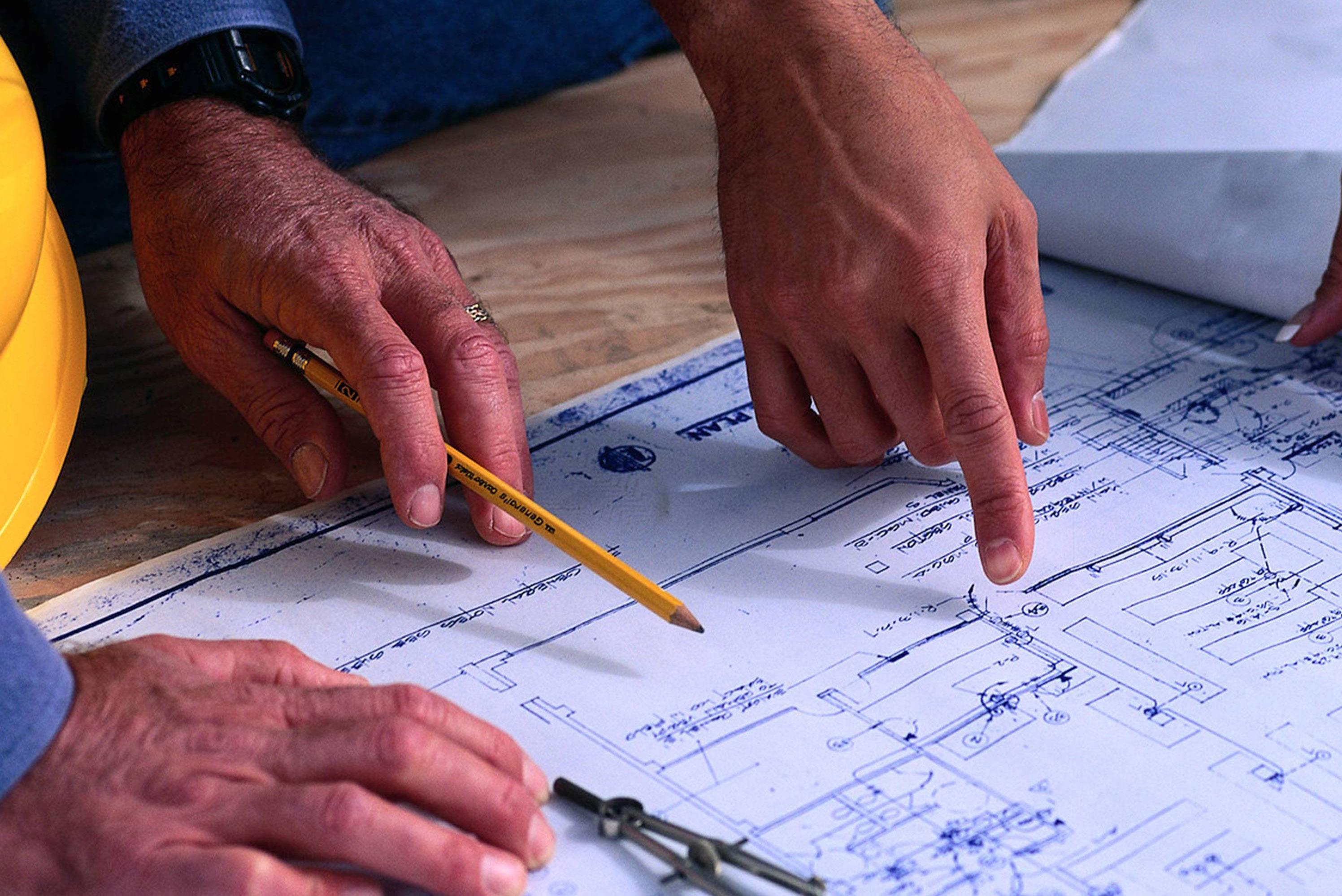
6 minute read
BY THE NUMBERS
By the Numbers: Understanding the True Value of Square Footage
Measuring the square footage of a property may seem like an objective and straightforward task, but you’d be surprised at how many agents and homebuyers misunderstand this pivotal figure. True square footage provides homebuyers a concrete understanding of their prospective domain, but here’s the problem: the rules to determine a home’s square footage are not always uniform across the board. What’s more, much of
a home’s value is determined by its size, so accuracy is certainly important. While many real estate agents have their own systems for determining or confirming a home’s true square footage, it doesn’t hurt to update your practices and become an expert on the subject. After all, you may learn a few techniques that could add value to a listing, or better prepare you in guiding house-hunters on the lookout.
1. Do your due diligence Most towns and cities have a local records department where floorplans and blueprints are kept on file. It’s worth noting that these records don’t typically include any subsequent additions or remodels on a property, but they still give archive hunters a legal baseline when outlining a property’s square footage. Oftentimes, a straightforward online search of a city or county’s records office can pull the information necessary, or else agents can poke around in person to uncover informative blueprints at the records office. Either way, access to original blueprints or floorplans is a great tool for determining livable square footage. As a bonus, original blueprints and floorplans—especially in historic properties—can be intriguing visual aids for prospective buyers, as well.
2. Know the rules While there aren’t universal standards when it comes to measuring square footage, there are general guidelines that can help determine square footage in an authentic way. Per the American National Standards Institute (ANSI), here are the official recommendations for measuring a home’s real square footage:
n Called “below grade spaces,” basements and sunrooms beyond a home’s typical

living quarters do not count toward a home’s true square footage. According to ANSI, even big draws like finished basements don’t count toward a property’s Gross Living Area. Of course, even below grade spaces have their own desirable value and should be outlined as such on listings.
n Did you know the space inside closets and on stairways counts toward a home’s square footage? Even if these areas are relatively small, they still add to a property’s calculable square footage.
n When recording square footage, ANSI actually suggests performing measurements from a property’s exterior—though this method does not account for the thickness of exterior walls, which could skew square footage numbers.
n Just like below grade spaces, a garage, a pool house, or even a guest house should not be included in a property’s Gross Living Area. The rationale at work here is this: if you must go outside to access additional living areas, then they are beyond the square footage scope of the primary dwelling and should not be included in a home’s Gross Living Area.
3. Double-check by doing the dirty work Buyers and sellers have or will make a sizable investment in a property, so isn’t it fair to double-check all the relevant facts and figures

when it comes to true square footage? If you want to take on the endeavor yourself, here are a few helpful steps to take.
n First, you’ll need a few things to get started, including a tape measure that can measure at least 100 ft., graph paper, and a pencil.
n Next, choose a room to start measuring wall-by-wall. Measure Wall 1, then proceed to assign each square on the gridded paper a corresponding measurement, rounding to the nearest tenth of a foot for the sake of clarity.
n From there, draw out the wall you measured and measure the remaining walls in the

room. Once you’ve completed the room’s measurements, multiply the room’s length and width to determine its square footage.
n As you go measure throughout the home, using your own system to scale, you will construct a failsafe floorplan.
Mastering your craft is everything, and the real estate industry is no different. Every now and again, it’s worthwhile to update your well of information, take matters into your own hands, and continue to innovate with the industry. While square footage may not seem like the juiciest starting off point for such a venture, never forget: mastery of technical knowledge is a sure sign of expertise.
REBECCA SWAIN
“I genuinely care about my clients,” says Top Agent Rebecca Swain, of Hometown Realty in Columbus, Mississippi. “It’s not just about the transaction.” Add her deep reservoir of industry knowledge and her solid work ethic to this and one can easily understand how she has vaulted to the top of her profession since she began her real estate career in 2016.
“I was working as a mail carrier prior to becoming an agent,” recalls Rebecca, “and I had to have surgery on my shoulder, so I took a year off. During that time, I thought about what I really wanted to be doing for a living.” Remembering the joy her mother felt when, as a single parent, she was able to buy her first home, Rebecca decided that she wanted to help others achieve that same goal. “I took the classes, passed the test and got my license, and within six months of beginning work as an agent I was named by the Brokerage I worked for as their Rookie of the Year for the state of Mississippi.”
Rebecca’s upward trajectory has continued unabated, and today she is a multi-million-dollar seller in the middle-income market she dominates. “I work with a lot of first-time home buyers,” says Rebecca. “That’s something that I really enjoy. There is nothing more rewarding than sitting at a closing table and seeing my clients get the keys to their new home.”
Rebecca can already claim that more than ninety percent of her overall business is based upon repeat business and referrals from past clients, family and friends, an impressive statistic by any measure, but more so in the highly competitive real estate industry. “My clients come back to me and refer others because they can tell that I always keep their best interests at the forefront during each transaction,” Rebecca explains, when asked how she manages to inspire such impressive levels of loyalty. “It’s all about finding the right home for my clients at the right price, at a payment they can afford. They tell me their budget, and I stay true to that and find them exactly what they’re looking for. Immensely likeable and a self-described “people person,” Rebecca has already earned a perfect five-star overall rating on Zillow.com, on which site she is a Premier Agent. “I also worked in retail management before becoming a mail carrier, and I think that experience has been a big plus for me when it comes to working with people.”
When she’s not working, Rebecca serves on the Board for Habitat for Humanity, where her husband is lead contractor, and she spends many of her Saturdays building homes for the underprivileged. Rebecca also serves on the Board of Lowndes Young Leaders, where she invests her time helping develop high school students into leaders. When she isn’t selling real estate or doing philanthropic work, she enjoys nothing more than spending time with her family, particularly outdoors or on the water near their river-side home. She particularly enjoys spending time with her grandchild, who she calls her greatest joy. She is also a Rotary Club member and serves on her local real estate board.
As for the future, Rebecca’s primary goal is to continue growing her already-thriving business. Most important, however, is her overarching objective: to continue providing her clients with the unparalleled level of customer service that has become synonymous with her name.

For more about Rebecca Swain, please call 662-570-1051 or email Rebecca@hometownrealtyms.com




